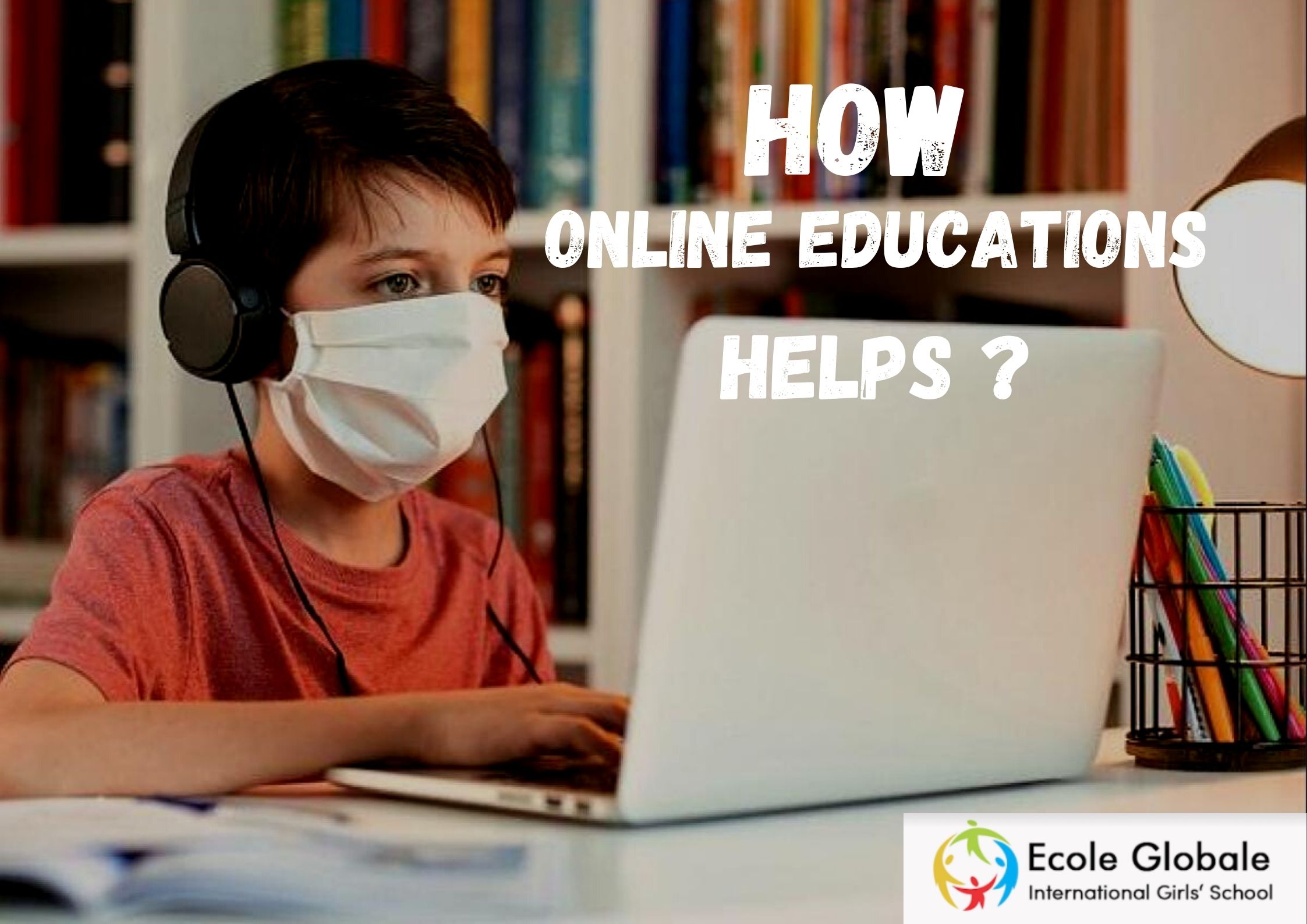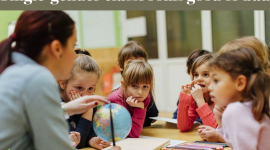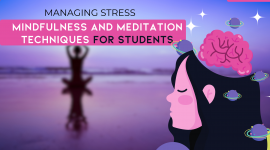In several domains, COVID19 has ushered in a period of transition and prompted paradigm adjustments. It has compelled teachers to reconsider the existing school model and re-evaluate their teaching methods. Online learning has even benefitted institutions. The coronavirus, according to many investigations and warnings from the World Health Organization, may be here to stay. Without a vaccine, it is estimated that the worldwide population will take years to develop sufficient immunity to the virus. While there may be a substantial disparity in the number of COVID-19 cases around the world, the epidemic has caused school closures in more than 1.2 billion children in 186 nations.
As a result of the current situation, teachers have been key in shaping online and offline learning resources, learning how to use video conferencing tools to meet students on a regular basis, and performing mental and social well-being sessions at the start and end of the school day.
Although virtual schools are still a relatively new concept in India, we are seeing a new trend of blended learning becoming more popular. We must recognize that virtual education is more than just a video conferencing tool used to deliver a lesson; it is much more. It entails a pedagogical paradigm change as teachers, parents, and students get a better understanding of the integrated learning model. When creating the timetable and lesson plan, it’s important to strike a balance between online and offline duties. This paradigm allows learning to extend outside the classroom walls, gives students the freedom and flexibility to learn at their own pace, provides more chances for collaborative projects, and allows for a rethinking of evaluation and feedback methods. Virtual education has given rise to new possibilities for rethinking how we teach and learn.
We must also admit that the move to virtual learning can be difficult for all parties involved. Parents will have to rethink how to prepare their children for success in the virtual learning environment, how to develop structures and routines that enable their children to succeed, and how to support their children’s learning journey while also addressing their emotional well-being. Schools, like hospitals, are caretakers, and you, as a school, will rely on the Importance, Relation, and Rigour framework to help parents create active engagement with their kids.
BENEFITS OF ONLINE EDUCATION :
- Students demand more autonomy and intellectual independence as they go through their coursework. They can use online learning to undertake highly individualized learning programs, including college-level courses. Hands-on exercises, real-world investigation, and rigorous assessments, when combined, can be extremely useful to their learning growth.
- Students can explore their alternatives before committing to specialization by checking out introductory topics from several fields. These pupils become more independent learners as a result of online learning strategies.
- Students can personalize their learning since online learning gives them more control due to the usage of minimum infrastructure. This allows students to enroll in new courses and learn from virtually anywhere and at any time.
- Everyone learns at their own pace, which is matched by the provision of online education. Flexible teaching schedules are advantageous to online students.
- Online learning allows for more in-depth conversation, which is generally done in the form of a discussion forum.
- Online learners don’t have to worry about body language interfering with their message because 93 percent of communication is nonverbal. Physical judgments that might impair reasonable dialogue are removed with online schooling.
- It can be difficult to speak with a teacher after class in traditional schools. In an online learning setting, this is not the case.
- Parent-teacher interaction becomes more positive and honest with online learning.
- Deep analytical summaries of a student’s development are possible with online platforms. This aids in the creation of a unique learning path for each student.
WHAT ARE THE DRAWBACKS OF ONLINE EDUCATION?
- One of the most difficult aspects of online learning for many students is the inability to focus on a screen for lengthy periods of time. Students are more likely to be quickly distracted by social media or other websites while they learn online.
- Another major issue with online classes is the lack of internet access. While internet penetration has increased by leaps and bounds in recent years, maintaining a stable connection with adequate speed remains a challenge in smaller cities and villages.
- Being in the company of their peers can teach students a lot. However, there is little physical contact between students and teachers in an online class. The students often feel alone as a result of this.
- Teachers must have a basic knowledge of how to use digital modes of learning in order to teach online. However, that isn’t always the situation. Teachers may have only a rudimentary understanding of technology. They don’t always have the resources and tools they need to offer online classes.
- Many parents are worried about the health risks of their children looking at a screen for long periods of time. One of the most serious problems and downsides of online learning is the rise in screen time. Students may acquire terrible posture and other physical problems as a result of sitting crouched in front of a screen for long periods of time.









